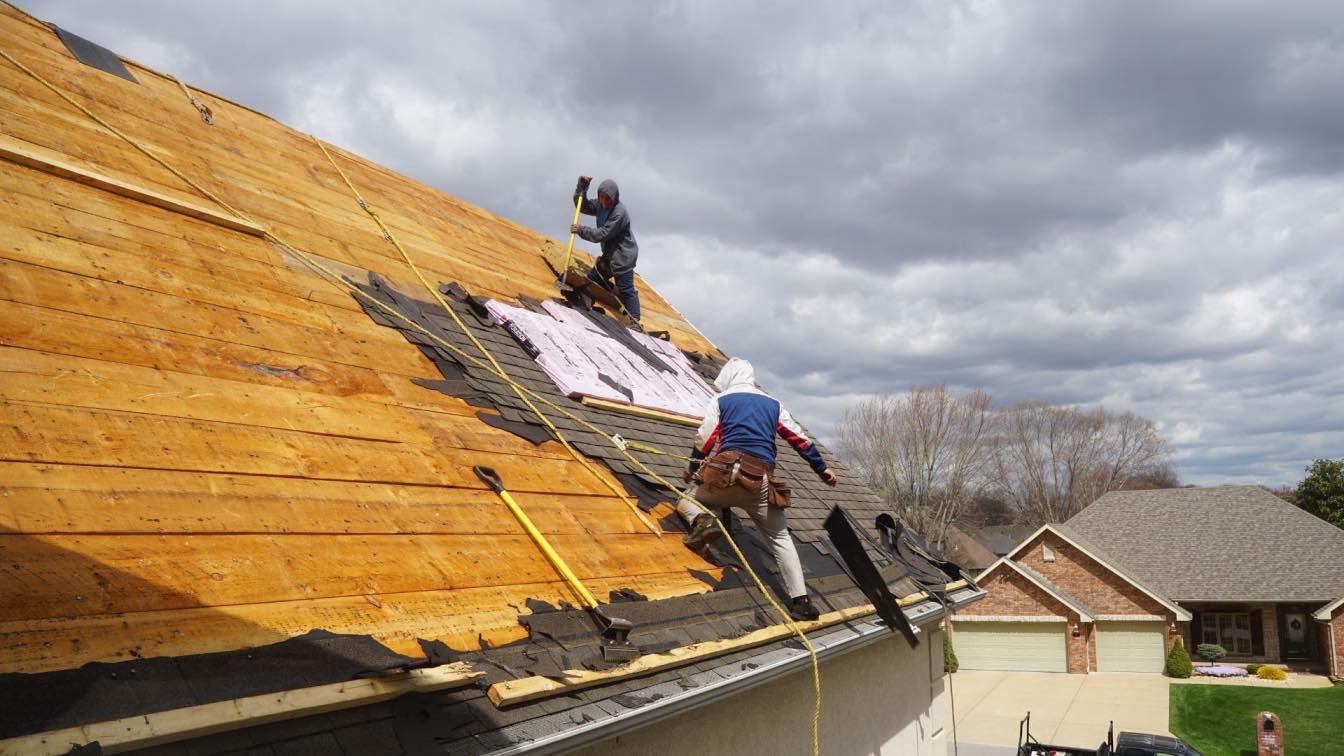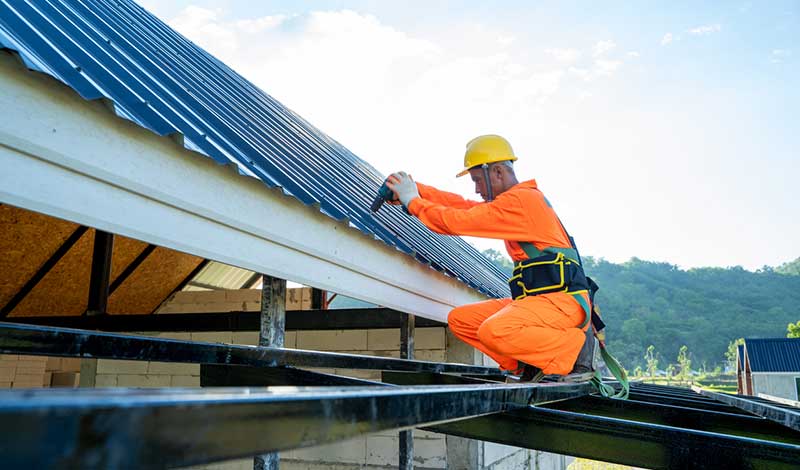A Comprehensive Guide to Effective Roof Apartment Roof Covering Installation
The complexities of flat roofing system installment demand a meticulous technique, beginning with a thorough understanding of numerous level roof covering kinds and the crucial products needed for optimum efficiency. A successful installation pivots not just on the option of materials however also on the preparation and execution of each action involved in the process.
Recognizing Flat Roof Covering Types
When thinking about level roofs, it is vital to understand the various types available, as each offers distinct benefits and drawbacks tailored to certain requirements. The most common kinds of level roofing systems include Built-Up Roof (BUR), Changed Bitumen, and Single-Ply membranes.
Built-Up Roof includes several layers of asphalt and crushed rock, offering exceptional resilience and weather condition resistance. It is specifically helpful in locations vulnerable to extreme climate conditions however may need more maintenance as a result of its complex construction.
Modified Bitumen is a popular choice for its convenience of setup and adaptability. It often utilizes a torch-applied or self-adhesive technique, which can be helpful for quick fixings and lasting efficiency. Nevertheless, its life expectancy can be shorter compared to BUR.
Single-Ply membrane layers, consisting of Thermoplastic Olefin (TPO) and Ethylene Propylene Diene Monomer (EPDM), are recognized for their light-weight nature and power efficiency. These products are frequently chosen for commercial structures because of their cost-effectiveness and convenience of setup (Cleveland Roofing Specialists). They might not give the exact same level of insulation as various other alternatives.
Each roof covering type calls for cautious consideration based on climate, spending plan, and particular project requirements.
Vital Materials for Apartment Roofing
A selection of essential products are important for the successful installment of flat roof systems. The choice of products directly effects sturdiness, performance, and overall performance.
One of the main materials is the roofing membrane layer, which can be created from various materials such as thermoplastic polyolefin (TPO), ethylene propylene diene monomer (EPDM), or PVC. Each type supplies distinct benefits, consisting of UV resistance and versatility, which are essential for prolonged performance.
Along with the membrane layer, insulation products play a considerable function in power efficiency. Stiff foam boards or polyisocyanurate insulation are preferred choices, as they supply superb thermal resistance and wetness management.
Additionally, roof covering adhesives and sealers are vital for guaranteeing a leak-proof installment. These items must work with the picked membrane layer to prevent degeneration with time.
Getting Ready For Installation
Correct prep work is essential for an effective level roofing installation, as it lays the groundwork for a long lasting and effective roofing system. Begin by performing a complete inspection of the existing roof covering structure.
Following, collect all necessary devices and materials, ensuring that they meet industry criteria. This includes waterproof membrane layers, insulation, blinking, and fasteners. Acquaint on your own with the supplier's specifications, as adherence to these standards is vital for guarantee objectives.
Take into consideration weather conditions; prevent installment throughout hefty rainfall or extreme temperatures, which can impact material efficiency. By taking these primary steps, you can improve the chance of an effective flat roofing installment that satisfies both visual and architectural needs.
Step-by-Step Setup Process
With the groundwork developed with complete prep work, the following stage entails performing the level roofing installment methodically. Begin by making certain that the architectural deck is clean and free from debris. Next, set up a vapor barrier to avoid wetness build-up underneath the roof material. This step is important for preserving the roofing's stability gradually.
Complying with the vapor barrier installation, lay down insulation boards, guaranteeing they fit tightly with each read this article other to reduce thermal linking. Safeguard the insulation with suitable bolts based on the roofing type and neighborhood building codes - Cleveland Roofing Specialists.
Make sure proper overlap at edges and seams to develop a leak-proof seal. Make use of adhesives, mechanical bolts, or warmth welding as required. Ultimately, install blinking around perimeters, vents, and any kind of roofing system infiltrations to enhance waterproofing. After setup, perform a thorough examination to identify any type of possible problems before ending the project, guaranteeing a trusted and robust flat roofing system.
Upkeep Tips for Long Life
Regular upkeep is important to guarantee the durability and efficiency of a level roofing system. One of the main tasks is to carry out regular inspections a minimum of twice a year, preferably in springtime and loss. Throughout these examinations, seek indicators of wear, such as blisters, splits, or merging water, which can suggest underlying problems.

Making certain appropriate water drainage is vital to stop water build-up. Inspect and clear seamless gutters, downspouts, and scuppers to ensure unhampered water flow. Additionally, check seals around vents, skylights, and various other infiltrations for any indications of degeneration, using caulk or sealer as required to maintain a leak-proof obstacle.
Finally, take into consideration professional maintenance services every few years for thorough maintenances. By sticking to these upkeep tips, you can considerably extend the life of your flat roof covering, guaranteeing it remains a dependable guard against the elements.
Final Thought
Effective flat roof covering installment demands an organized method including extensive assessments, material selection, and thorough prep work. Complying with the laid out actions during the setup process guarantees the proper application of roofing membrane layers and insulation while enhancing waterproofing through reliable blinking setup. Executing routine upkeep methods significantly contributes to the longevity of the roof covering system. By complying with these guidelines, a sturdy and trustworthy flat roofing option can be accomplished, qualified of standing up to numerous ecological conditions.
The complexities of level roofing installation demand a careful approach, starting with a comprehensive understanding of different Read Full Article level roofing system types and the crucial materials needed for optimal performance.Appropriate prep work is essential for an effective level roof setup, as it lays the groundwork for a sturdy and efficient roofing system. After setup, carry out an extensive inspection to identify any potential problems before ending the project, guaranteeing a robust and trustworthy flat roofing system.
